
Family as a Wealth Factor
Related Press Release
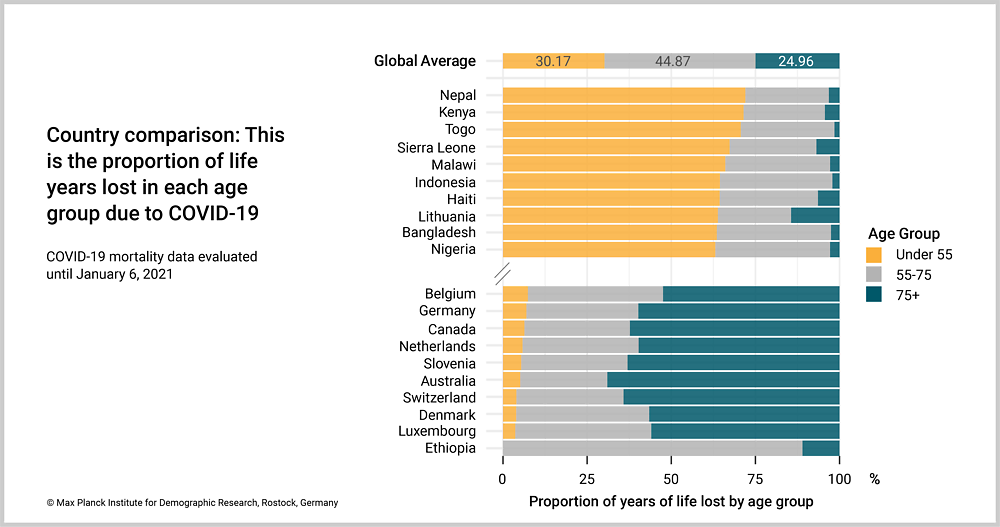
Covid-19 Deaths Worldwide: Taken Together, People Under 75 Account for Most of the Years of Life Lost
Related Press Release
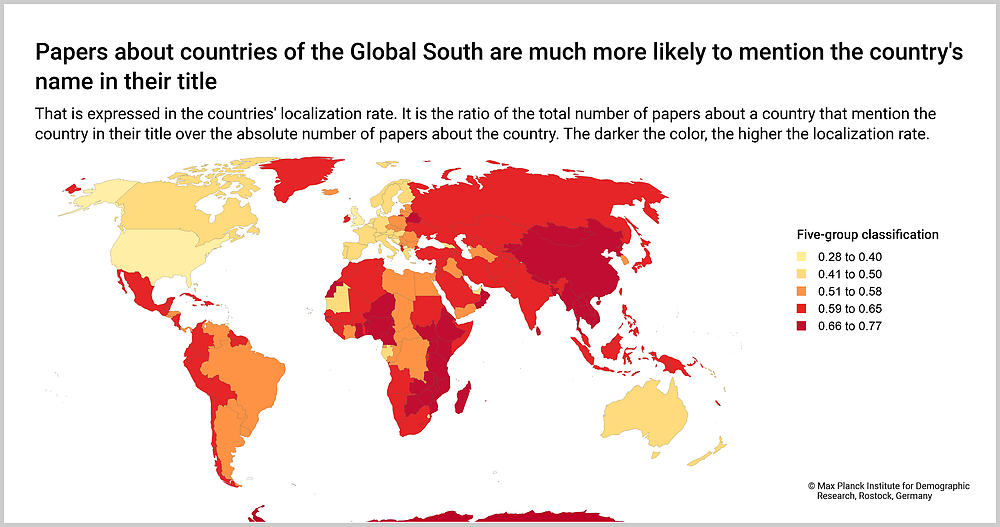
Science of Science: Is Knowledge Produced in the Global North Perceived as More Generalizable?
Related Press Release
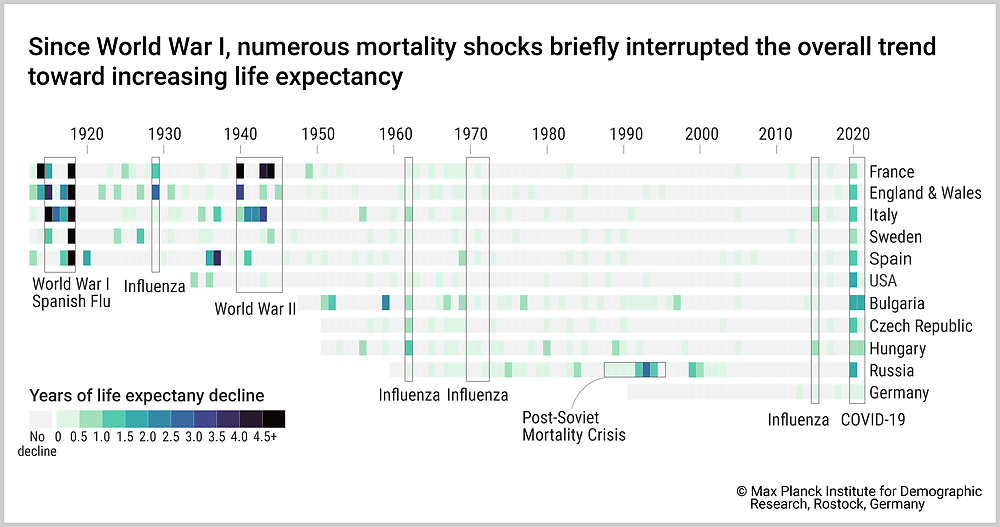
COVID-19: Life Expectancy Mostly Continued to Decline in 2021
"Related Press Release
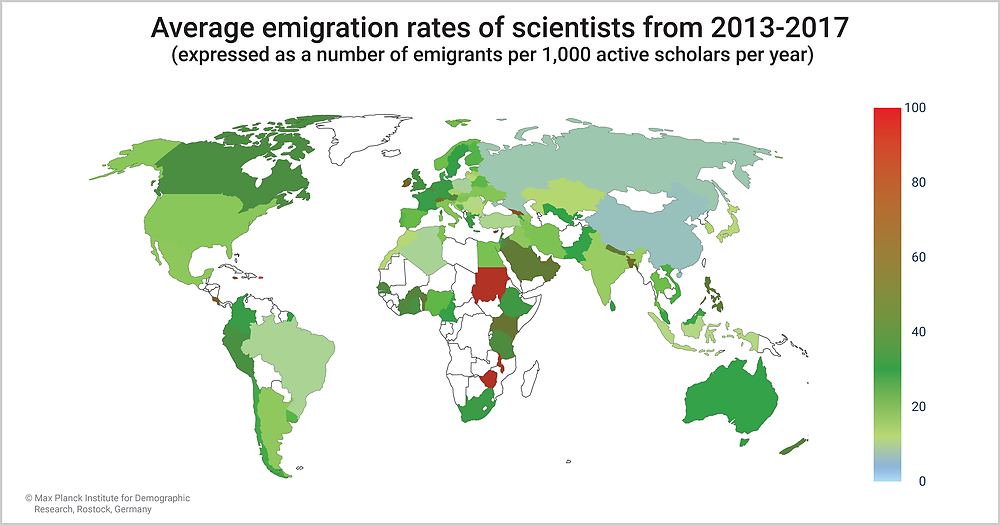
Migration of Scientists: Economic Development Does Not Necessarily Lead to Brain drain
Related Press Release
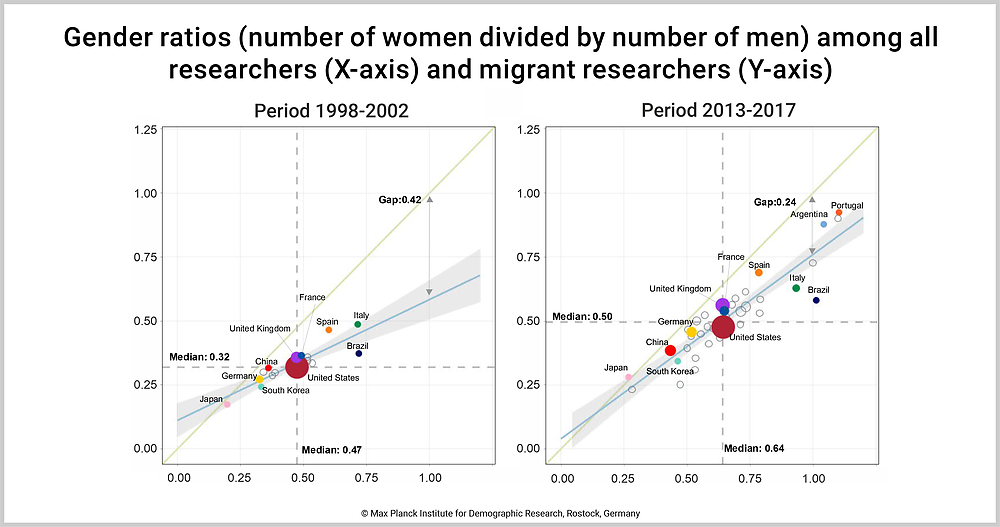
Migration of Academics Worldwide: Female Researchers Are Less Mobile but the Gender Gap has Shrunk
Related Press Release
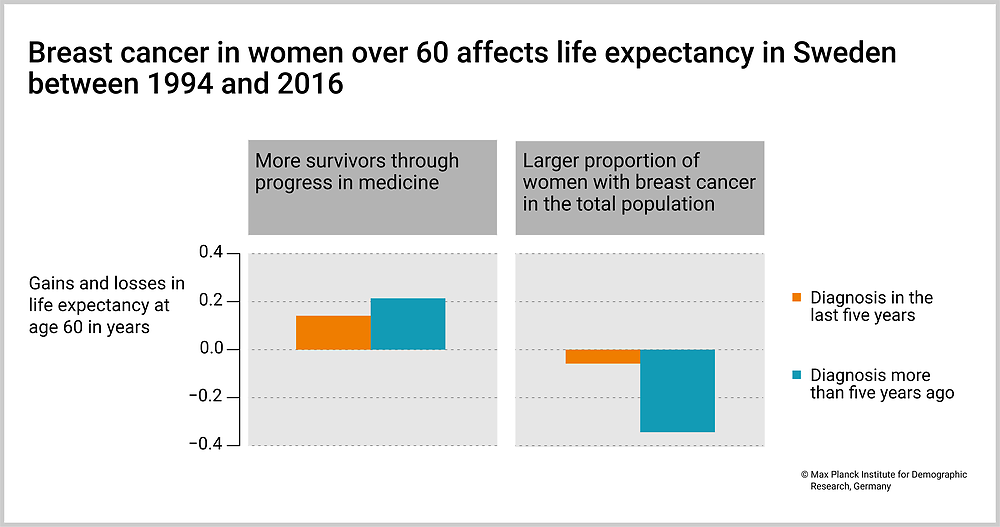
Breast cancer in women over 60 affects life expectancy in Sweden between 1994 and 2016
Related Press Release
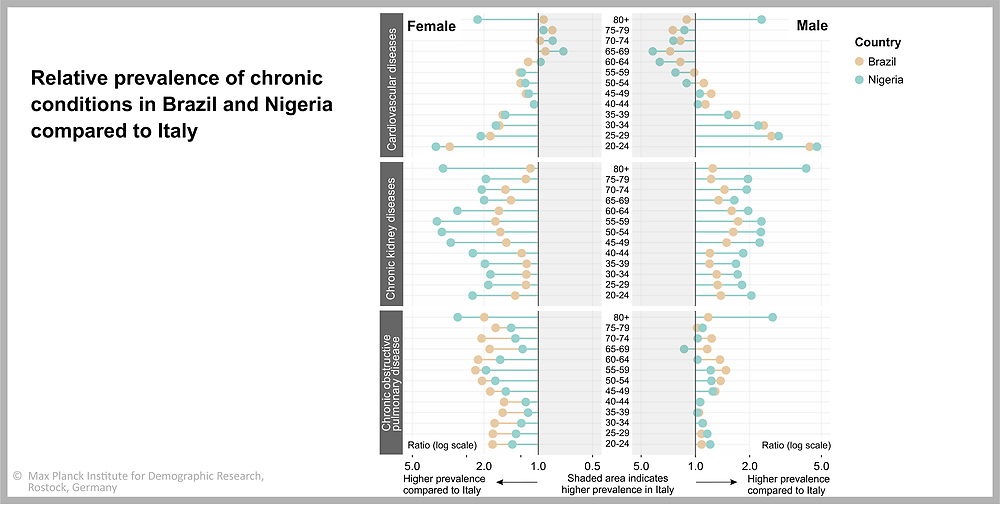
Young but chronically diseased: one reason why the shape of Covid-19 pandemic may be different in countries in the Global South
Related Press Release
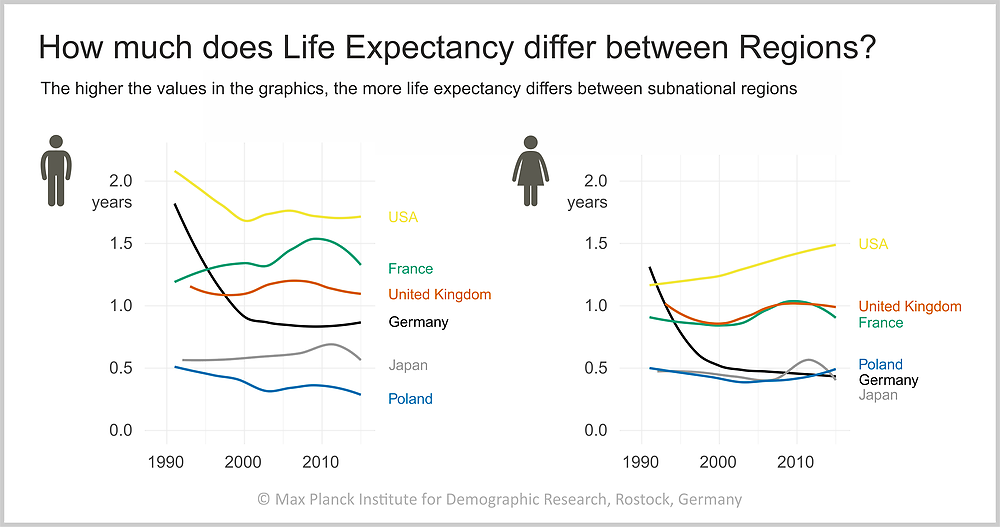
How much does Life Expectancy differ between Regions?
The higher the values in the graphics, the more life expectancy differs between subnational regions. Related News
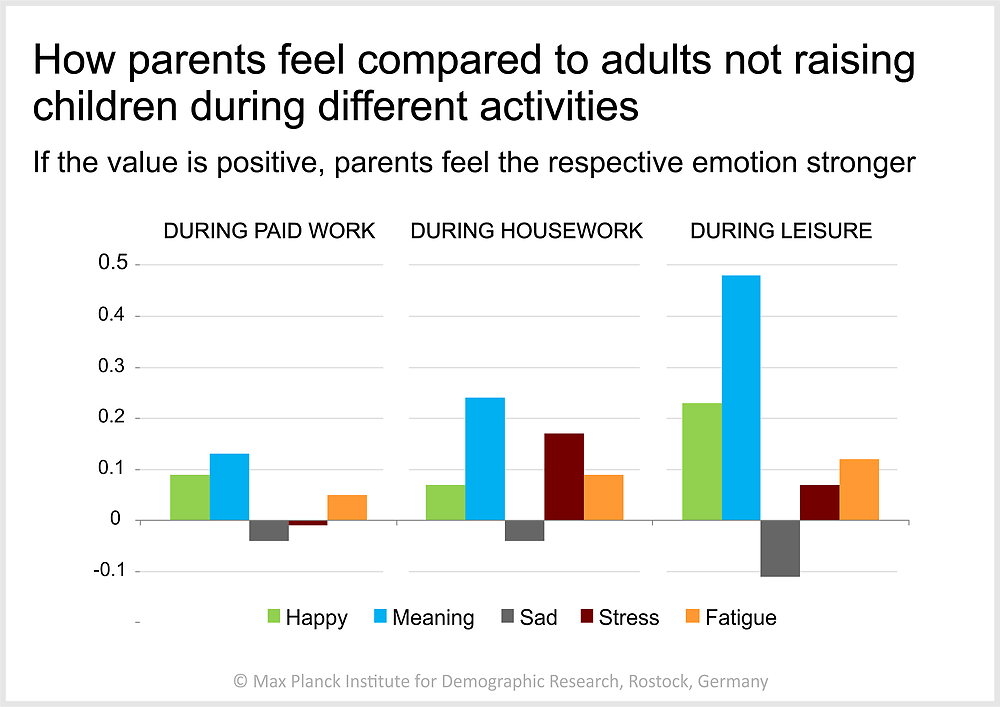
Parental Wellbeing
Especially in their leisure time during activities with their children, parents feel more sense in life than adults who are not raising children. Related Press Release
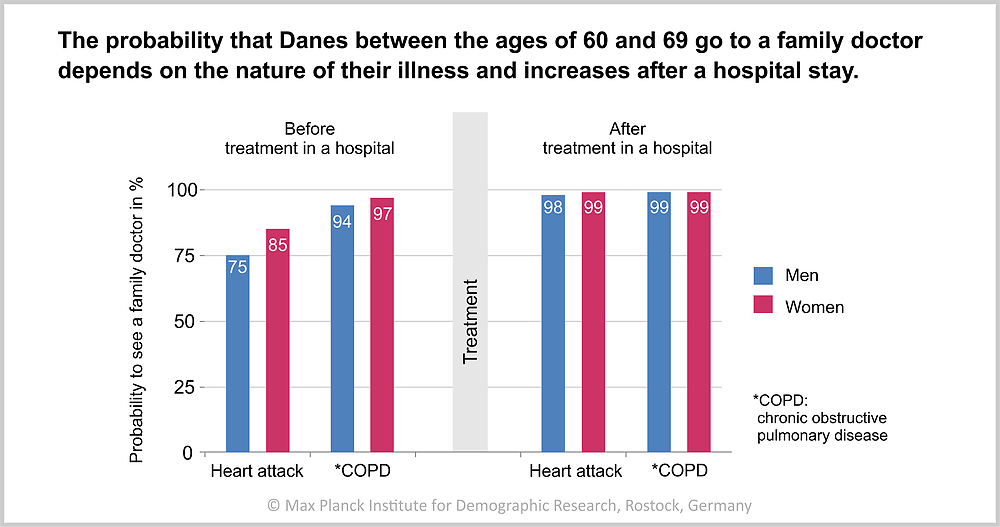
Men and women adjust their health behavior after shock events
At the beginning of a disease, men are more likely to overlook symptoms and go to the doctor less often than women. After treatment in a hospital, however, the behavior of men and women is similar. Related Press Release
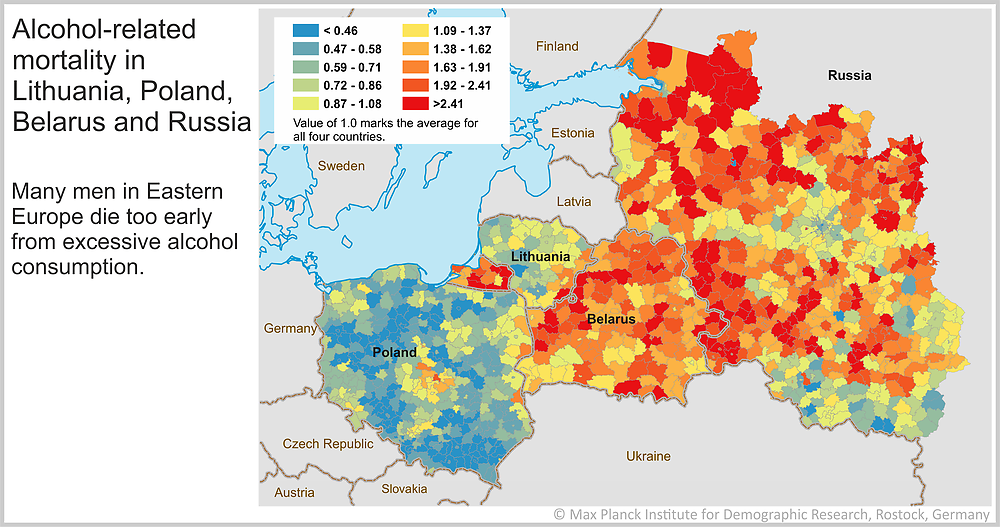
Men die too early
Alcohol-related mortality for men 20 to 64 years old across the combined territory of Belarus, Lithuania, Poland, and European Russia. related news
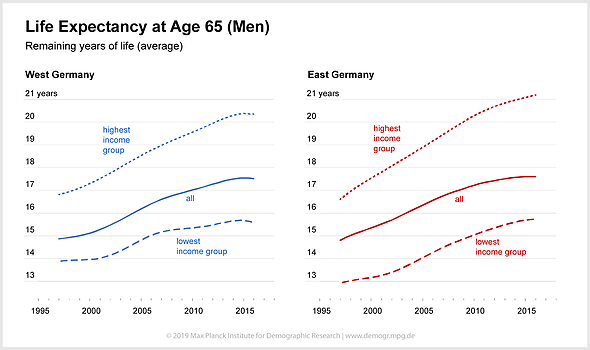
Lower Pension, shorter Life
The poor lag farther and farther behind when it comes to life expectancy. Related press release